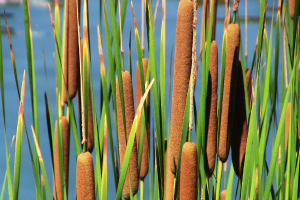 Of all the skills a prepper might attain, I think the ability to forage for plants may be one of the most coveted. Not because it’s all that necessary, but because it’s one of the more difficult skills you could master. We all know it’s something that could come in handy one day, but with our busy schedules, sometimes it’s hard to justify learning such an extensive subject.
Of all the skills a prepper might attain, I think the ability to forage for plants may be one of the most coveted. Not because it’s all that necessary, but because it’s one of the more difficult skills you could master. We all know it’s something that could come in handy one day, but with our busy schedules, sometimes it’s hard to justify learning such an extensive subject.
Think about all the plants that exist in the world. There are an estimated 298,000 species in case you were wondering. How many of those do you think are edible? How many are poisonous? And more importantly, how many poisonous plants look similar to edible plants?
And none of those questions account for how wildly diverse our planet’s ecosystems really are. If you spent a lot time studying the plant life of one region, you might find yourself in over your head the moment you step into a different region.
With that said, if you’re interested in learning the fine art of foraging, you’ll have to start somewhere. And just like any daunting subject, finding a few good books is probably the best place to start. Here are six foraging books, every American prepper should consider.
The Forager’s Harvest
If you set out to research the veritable library of books that exist on botany and foraging, you’ll find that many of them are somewhat dry and academic, and probably list hundreds or thousands of plants. But for the beginner, starting with such a book is a quick way to feel overwhelmed and discouraged.
The first book you should probably look for is The Forager’s Harvest. The author didn’t just research a bunch of botany books and compile a list of plants you can eat. He actually only lists 32 plants, but he has personal experience with each one and has learned how to prepare them through trial and error. Beside each plant, is a thorough description and a number of color photos. It’s definitely a “quality over quantity” kind of book, and will probably stand a better chance of maintaining the interest of a novice.
A Field Guide to Edible Wild Plants: Eastern and Central North America
If after reading the Forager’s Harvest you feel ready to swim in the deep end, the Peterson’s Field Guide to Edible Wild Plants should be the next book on your list. It thoroughly describes almost 500 edible and poisonous plants that are found in the Eastern and Central portions of North America and provides hundreds of drawing and color photographs. Peterson’s Field Guide actually consists of a series of books, but unfortunately, they don’t have a book that specializes in Western North America. For that, I’d suggest Edible and Medicinal Plants of the West, which covers the United States and Canada.
Sonoran Desert Food Plants: Edible Uses for the Desert’s Wild Bounty
Once you’ve built up a wide knowledge of edible plants, it may be a good idea to specialize in specific regions and climates (especially if you live there). Of all the different climates that are found in North America, few are as inhospitable as the Sonoran desert (or any desert for that matter). Sonoran Desert Food Plants is a great primer on finding food in a place where food is so hard to attain. It’s a small, easily digestible book (pun intended) that lists 53 different plants, as well as some of their medicinal properties, and which states they can be found in.
Edible Wild Mushrooms of North America: A Field-to-kitchen Guide
Of course, plants aren’t the only vegetative organism you can eat in the wild. Mushrooms are another healthy snack you can rely on. But unlike most plants, they certainly warrant more study. While the ratio of poisonous and edible mushrooms is probably similar to plants, poisonous mushrooms are notorious for looking almost identical to their edible cousins.
It would be prudent to thoroughly study a book like Edible Wild Mushrooms of North America, which discusses over 100 species of mushrooms and how to find and prepare them. It also provides painstaking detail in regards to proper identification, while still remaining accessible to beginners.
The North American Guide to Common Poisonous Plants and Mushrooms
I said it before and I’ll say it again. Botany is a heavy subject with a lot of facets. There is no single book you can read that will help you identify every edible plant, in every region of the world. You need to approach the subject from different angles, and that includes the study of poisonous plants as well.
Every book you find on foraging will mention at least a few plants that could make you sick. But considering the breadth of this subject, there might be a few that slip through the cracks. The North American Guide to Common Poisonous Plants and Mushrooms might be able to shore up that knowledge gap, by providing an extensive list of 300 poisonous plants that might be found in the wild, in your garden, or even in your home (you might be surprised by how many houseplants are lethal).
So the next time you find yourself in the wilderness, take a look around at the bounty that surrounds you and realize that choosing one of those plants for consumption is no small undertaking. While researching the plant life in your particular locale is easy, knowing how to safely eat beyond that range is a skill that demands time, patience, and a hefty dose of respect for mother nature and her gifts, as well as her dangers.
This article was originally published at Ready Nutrition™ on March 1st, 2015


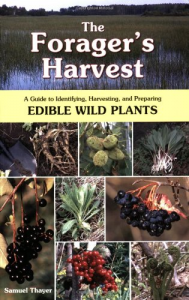
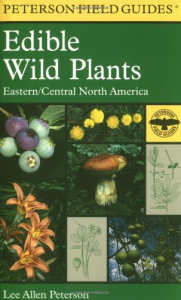
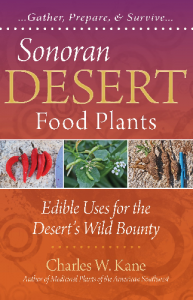
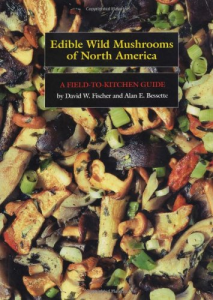
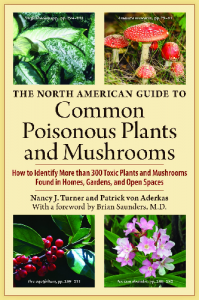





And of course the one which pretty much started it all..
From one of the greatest Americans of all time – Euell Gibbons!
Not only a resource of environmental bounty, but also a peek back into a near past, which honestly seems so long ago..
Stalking the Wild Asparagus
wish they had it available for the kindle!
A good follow-up to this would be apps for foraging. We got into foraging mostly for mushrooms this year and have been having a lot of fun with it. The app “Shroomify” has been my go to in the field and the extra $2 for the premium version is worth it. Mushrooms scare a lot of people, but I’ve found the reality is that there are plenty of awesome mushrooms that don’t look like anything else and are delicious. I tell everyone that as a general rule, if it looks like something you might find in the grocery store it’s probably A) not worth eating even if it is edible and B) too difficult to identify will confidence anyway. This takes most brown and white mushrooms off the foraging menu 🙂
I added a couple of these books to my wish list. Hoping to learn more berries and plants next year.